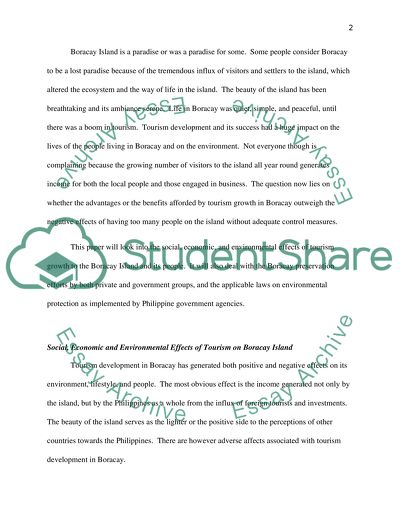Cite this document
(“Impact of Tourism to Boracay Island Development Case Study”, n.d.)
Retrieved de https://studentshare.org/tourism/1515775-impact-of-tourism-to-boracay-island-development
Retrieved de https://studentshare.org/tourism/1515775-impact-of-tourism-to-boracay-island-development
(Impact of Tourism to Boracay Island Development Case Study)
https://studentshare.org/tourism/1515775-impact-of-tourism-to-boracay-island-development.
https://studentshare.org/tourism/1515775-impact-of-tourism-to-boracay-island-development.
“Impact of Tourism to Boracay Island Development Case Study”, n.d. https://studentshare.org/tourism/1515775-impact-of-tourism-to-boracay-island-development.


